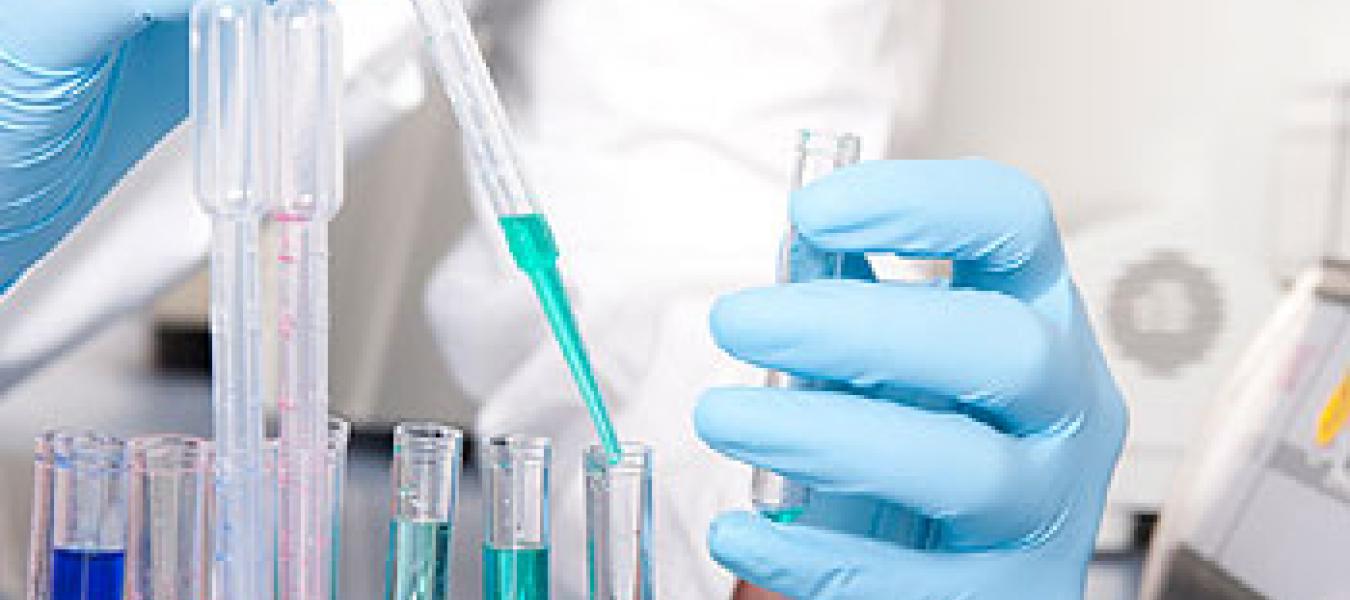
LDHA is the gene that stands for a lactate dehydrogenase enzyme in racing pigeons. This is an enzyme that is responsible for both the synthesis as recycling of lactate (out of pyruvate) in the muscles.
Lactate is made by the so-called white and mixed muscle fibers. It is what causes the pain in muscles when doing physical efforts, especially for efforts related to speed and power. It's these muscles that are being trained when an athlete goes in anaerobic phase, meaning using as much power as possible. Everyone doing or having done sports knows this causes pain in the muscles. This is caused by the lactate, an acid made by the (anaerobic – without oxygen) burning of glucose. The more an athlete reaches the maximum of his effort, the more lactate is made.
There have been determined different alleles of the LDHA gene (an allele meaning a variation of a gene f.e. in racing pigeons eye colours there exists a recessive allele for white and a dominant allele for yellow pigmentation of the iris). These alleles have been giving the names A and B; with A being the preferable allele, found significantly more in top performance pigeons than in 'normal' pigeons and non-racing pigeons (Ramadan et al, 2013). The 'good' A allele is a rare variation in racing pigeons, meaning only a minority of pigeons have this allele. Even in the absolute topracers and –breeders the majority has the BB genotype. This means that the A allele is not absolutely necessary to be able to win a national race or become an acepigeon. From the scientific research and our findings we see that the A variation seems to be relatively more present in topbirds from 300 to 700-900 km. This could actually be quite logical when looking into the biochemical and fysiological meaning of this gene.
As all genes are found 'double' in (almost) all living animals because all animals have two homologue chromosomes (meaning two chromosomes for the same genes), different combinations of this gene can be possible in pigeons. There are 3 genotypes possible with these 2 alleles, namely BB, AB and AA.
In the 'normal' racing pigeons (meaning not the toppigeons group) only appr. 12% had the A allele and in this group less than 1% had the AA genotype (Dybus et al, 2006). In the pigeons with top performances more than 35 % had the A allele; the AA genotype was found in 3% to 9% (topracers from China and Taiwan) of the birds, but 25% to 30% had AB, indicating the AB genotype is very favorable to have a toppigeon.
From what we see, it seems that this AB genotype is a good indication for top performances, especially in the ace pigeons that race distances where both speed and endurance are important, meaning the day races. This indicates this gene could also be of the utmost importance for one loft racers.
This could be quite logical as it seems this gene can influence how efficiently lactate can be recycled and re-used in the muscles. As it's the more powerful muscle fibers that are responsible for lactate synthesis it is a normal conclusion this gene has something to do with speed, or better the capability to maintain a certain speed for a longer period of time. This could explain why it is found more in the ace pigeons from 300 to 700 km. Under 300 km the pigeons can still race a good result even when the muscles are completely in pain by lactic acid (the pigeons 'falls' on the entrance board with the wings hanging down; sometimes in extreme cases pigeons are even uncapable of flying for some time). Above 700 km it seems plausible pigeons are more selected to fly purely and mainly aërobic, making less use of the lactate dehydrogenase enzyme. We suspect other genes will give more clarity on this.
But still the presence of the gene is no disadvantage for long distance racers, so we suspect this gene will become also more important for these type of racers as those races are also going faster and faster. We see this already as we have already found the gene in international winners on long distance.
Does this mean this gene is indicative for selection? It doesn't seem to be, as still a majority of the toppigeons is BB. Also proven topbreeders can be BB, so from our point of view it would be unwise to select these BB pigeons out. Remember the ability to race at the highest level is a matter of a lot of genes in combination with everything that happens in the environment of the bird. Untill now only quantitative genetics could give an estimate of the genetic quality of racing pigeons.
BUT it could mean a tremendous advantage for breeding strategies by breeding with the A allele. Ideally a BB topbreeder would have to be mated with an AB or better AA pigeon, with clearly a much bigger chance to breed an ace daybird pigeon.
This gene is one of the first testable DNA traits in pigeon genetics; and it will certainly not be the last one. A new promising era in pigeon breeding has been started; it is certain the fanciers going with this science are going to play an important role in the racing pigeon world and will probably own the future in racing pigeon success. New genetic research is underway and just as in humans and other animals this trend will be unstoppable.
©Ruben Lanckriet and Pascal Lanneau
PiGen vof
Dybus A, Pijanka J, Cheng Y-H, Sheen F, Grzesiak W and Muszynska M (2006). Polymorphism within the LDH-A gene in the homing and non-homing pigeons. Journal of Applied Genetics, 47: 63-66.
Ramadan S, Yamaura J, Takeshi M, Inoue-Murayama M (2013). DNA Polymorphism within the LDH-A Gene in Pigeon (Columba livia). Japan Poultry Association